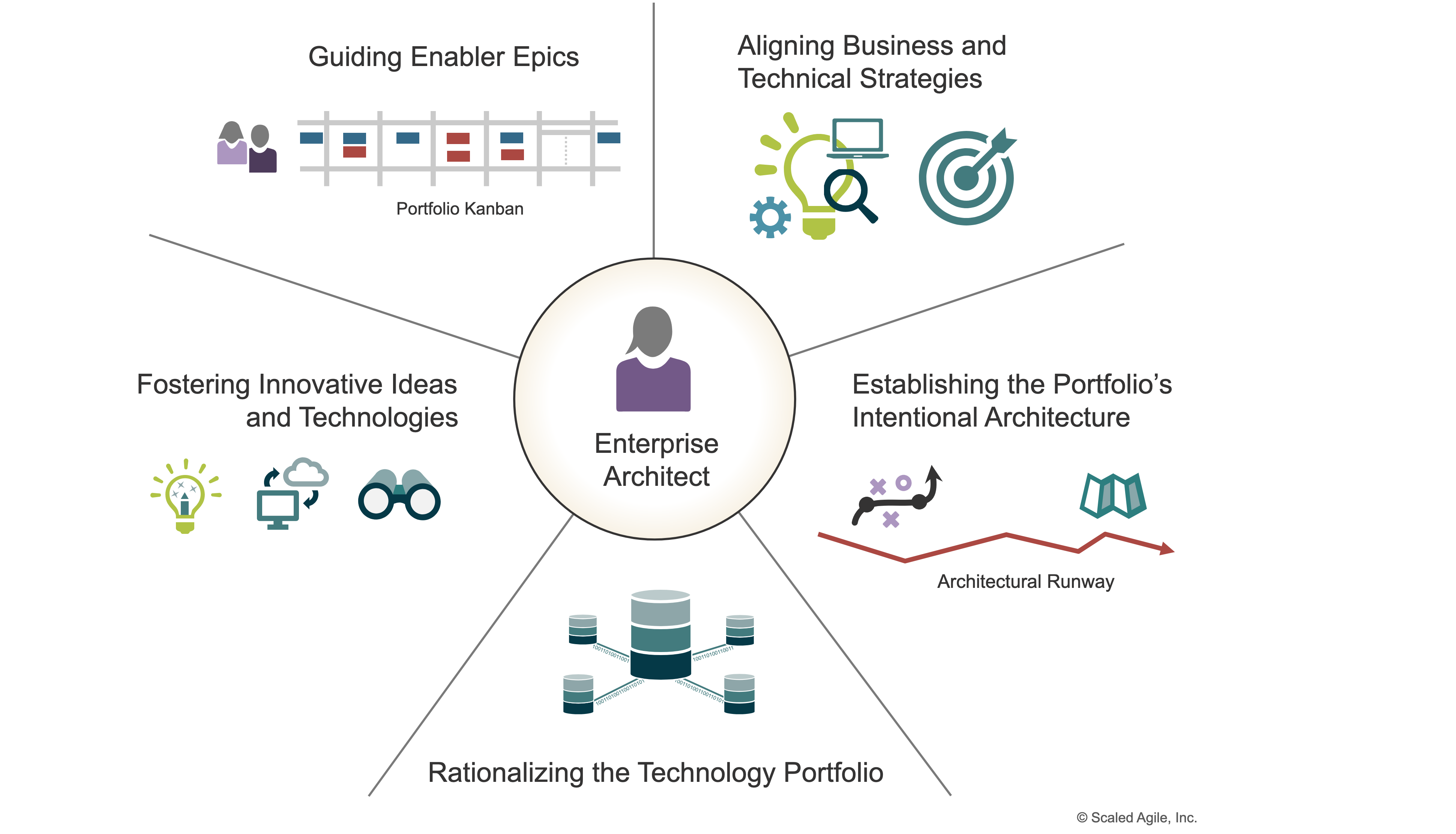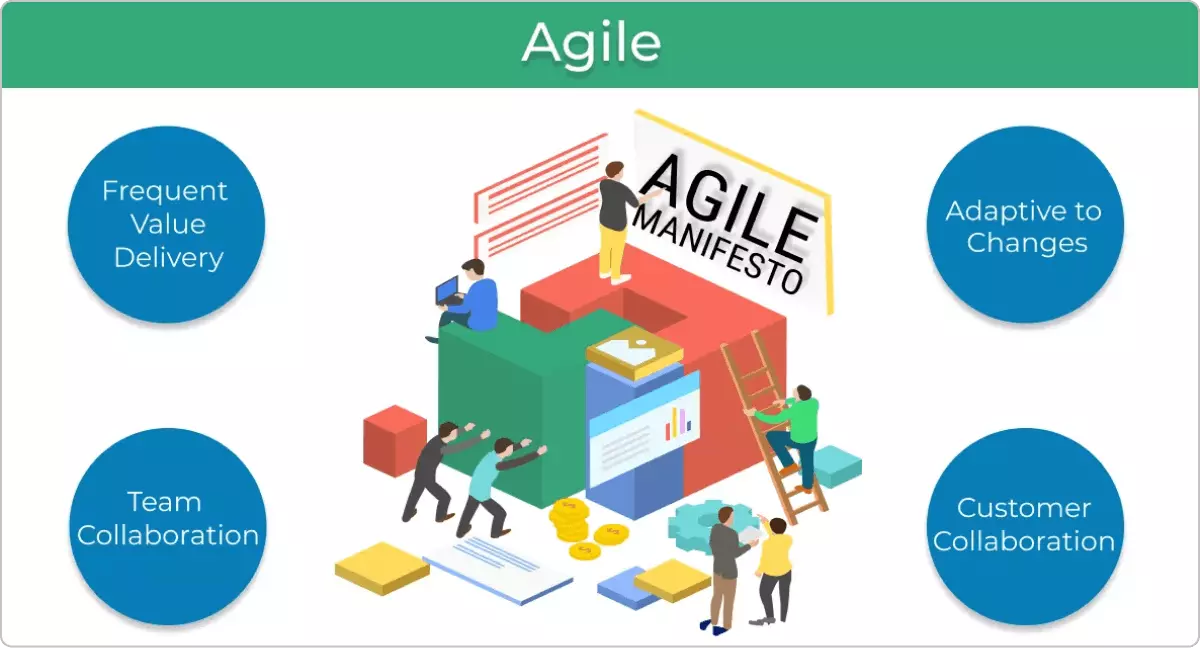Adapting Business Architecture to the Age of Agile
Adapting Business Architecture to the Age of Agile
Introduction
In today’s fast-paced business environment, organizations are constantly facing the need to adapt and respond quickly to changes in the market. The traditional approach to business architecture, which focuses on long-term planning and stability, is no longer sufficient to meet the demands of this dynamic landscape. Agile methodologies have emerged as a powerful solution, enabling businesses to embrace rapid change and stay ahead of the competition. In this article, we will explore how business architecture practices need to evolve to support Agile methodologies and the faster pace of business change.

The Evolution of Business Architecture
Business architecture is a discipline that provides a holistic view of an organization’s structure, processes, and capabilities. It helps align business strategy with operational execution and enables organizations to make informed decisions about their future direction. Traditionally, business architecture has been characterized by a top-down approach, with a focus on long-term planning and stability. However, this approach is no longer effective in today’s rapidly changing business landscape.
Agile methodologies, on the other hand, are based on the principles of flexibility, collaboration, and iterative development. They emphasize the importance of responding quickly to change and delivering value to customers in short cycles. Agile methodologies have gained popularity in software development, but their principles can be applied to other areas of business as well.
Adapting Business Architecture to Agile

To adapt business architecture to the age of Agile, organizations need to embrace a more flexible and iterative approach. Here are some key considerations:
-
Embrace a Collaborative Approach
In an Agile environment, collaboration is key. Business architects need to work closely with cross-functional teams, including product owners, developers, and other stakeholders. By involving all relevant parties in the decision-making process, organizations can ensure that business architecture aligns with the needs and goals of the Agile teams.
-
Focus on Value Delivery
Agile methodologies prioritize delivering value to customers in short cycles. Business architecture should align with this principle by identifying and prioritizing the most valuable capabilities and processes. By focusing on value delivery, organizations can ensure that their resources are allocated effectively and that they are able to respond quickly to changing market demands.
-
Emphasize Flexibility and Adaptability
Traditional business architecture often relies on rigid structures and processes. In an Agile environment, flexibility and adaptability are crucial. Business architects should design architectures that can easily evolve and adapt to changing business needs. This may involve breaking down silos, implementing modular architectures, and embracing emerging technologies.
-
Enable Continuous Learning and Improvement
Agile methodologies emphasize continuous learning and improvement. Business architects should adopt a similar mindset by regularly reviewing and refining their architectures. This can be done through feedback loops, retrospectives, and other Agile practices. By continuously learning and improving, organizations can stay ahead of the competition and drive innovation.
-
Foster a Culture of Collaboration and Innovation
To fully embrace Agile methodologies, organizations need to foster a culture of collaboration and innovation. Business architects should encourage cross-functional teams to share ideas, experiment with new approaches, and challenge the status quo. By creating a culture that values collaboration and innovation, organizations can unlock the full potential of Agile methodologies.
FAQ
Q1: What is the role of business architecture in Agile methodologies?
A1: Business architecture plays a crucial role in Agile methodologies by providing a holistic view of an organization’s structure, processes, and capabilities. It helps align business strategy with operational execution and enables organizations to make informed decisions about their future direction.
Q2: How can business architecture support rapid change in the age of Agile?
A2: Business architecture can support rapid change in the age of Agile by embracing a more flexible and iterative approach. This includes focusing on value delivery, emphasizing flexibility and adaptability, enabling continuous learning and improvement, and fostering a culture of collaboration and innovation.
Q3: How can business architects collaborate effectively with Agile teams?
A3: Business architects can collaborate effectively with Agile teams by working closely with cross-functional teams, involving all relevant parties in the decision-making process, and ensuring that business architecture aligns with the needs and goals of the Agile teams.
Q4: What are the benefits of adapting business architecture to Agile methodologies?
A4: Adapting business architecture to Agile methodologies offers several benefits, including the ability to respond quickly to changing market demands, allocate resources effectively, drive innovation, and stay ahead of the competition.
Q5: How can organizations foster a culture of collaboration and innovation?
A5: Organizations can foster a culture of collaboration and innovation by encouraging cross-functional teams to share ideas, experiment with new approaches, challenge the status quo, and create an environment that values collaboration and innovation.
Conclusion
In the age of Agile, business architecture practices need to evolve to support the faster pace of business change. By embracing a more flexible and iterative approach, focusing on value delivery, emphasizing flexibility and adaptability, enabling continuous learning and improvement, and fostering a culture of collaboration and innovation, organizations can successfully adapt their business architecture to the demands of the modern business landscape.
Agile methodologies provide a powerful framework for organizations to respond quickly to change and deliver value to customers in short cycles. By aligning business architecture with Agile principles, organizations can stay ahead of the competition, drive innovation, and thrive in the age of rapid change.
Remember, the key to success in adapting business architecture to Agile is collaboration, flexibility, and a continuous learning mindset. Embrace the principles of Agile, foster a culture of collaboration and innovation, and continuously refine and improve your business architecture to stay competitive in today’s dynamic business environment.
So, are you ready to embrace the age of Agile and adapt your business architecture to rapid change? Start by implementing the strategies and considerations outlined in this article, and watch your organization thrive in the face of uncertainty and rapid change.
Now, it’s your turn to take action. Embrace the age of Agile, adapt your business architecture, and position your organization for success in the fast-paced business landscape. Remember, change is inevitable, but with the right approach, you can turn it into an opportunity for growth and innovation.
Find more about our conprehensive Enterprise Architecture Guide